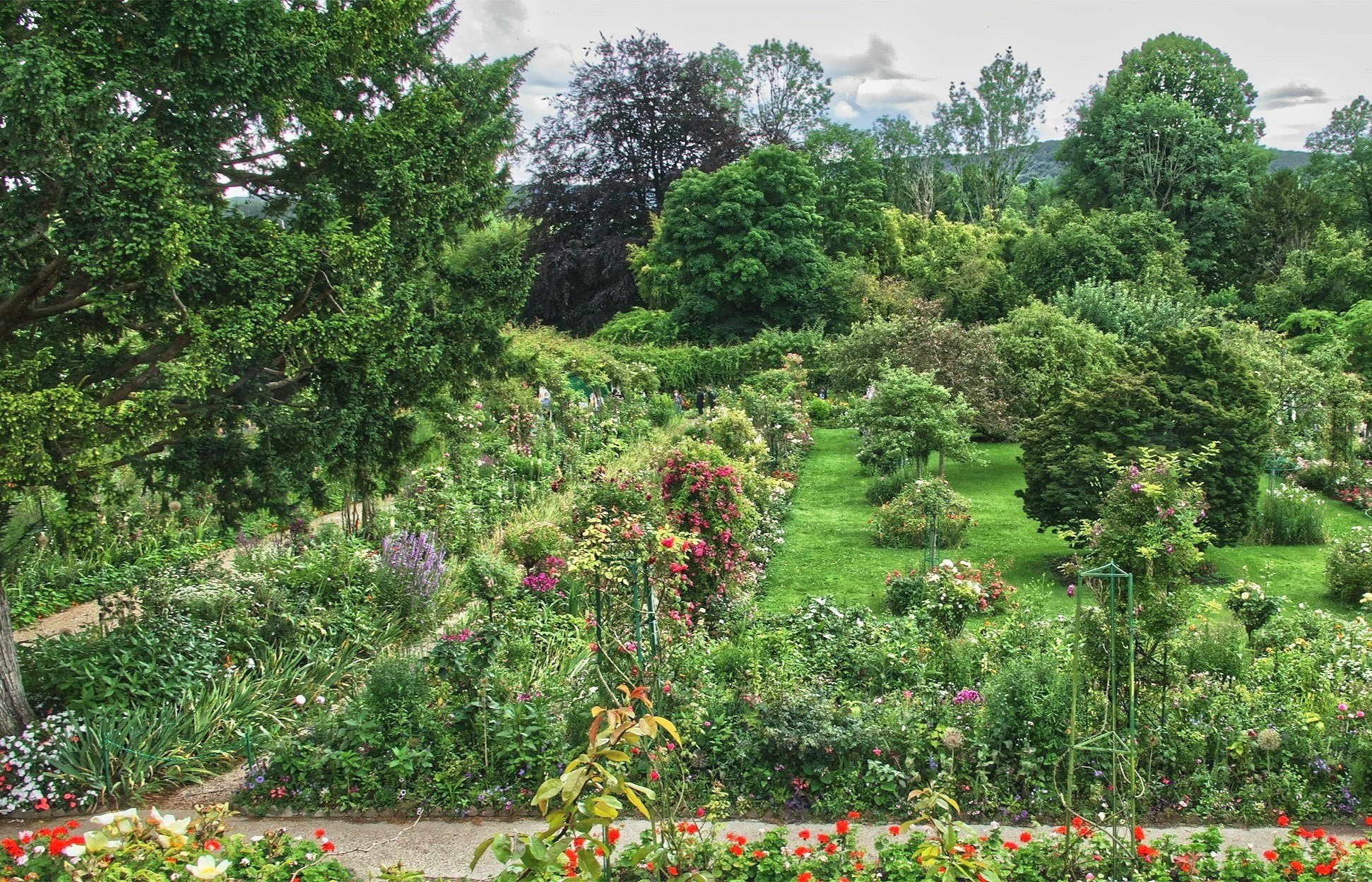Discovering the Beauty of Monet's Garden in Giverny: A Dreamlike Escape
Nestled in the charming village of Giverny in northern France, Monet's garden is a living masterpiece that draws art enthusiasts, nature lovers, and dreamers from around the globe. Claude Monet, one of the pioneers of Impressionism, meticulously designed and nurtured these gardens during his residence in Giverny, which lasted over 40 years. Today, they remain a stunning testament to the interplay between art and nature.
A Journey into Monet's World
Visiting Monet's garden is more than just sightseeing—it's stepping into the artist's canvas. The gardens are split into two distinct parts: the Clos Normand, a flower garden in front of the house, and the Japanese-inspired water garden. Each reflects Monet's love for natural beauty and his ability to translate that beauty into his celebrated paintings.
The Clos Normand bursts with colour and life, featuring an array of flowers that bloom in harmony throughout the seasons. Roses, tulips, daisies, and sunflowers create a kaleidoscope of hues, making this section an absolute delight for photographers and garden enthusiasts alike. Every corner of the garden tells a story, invites reflection, and offers inspiration for design. The colours are unrestrained, the foliage luxurious, its layers intentional imperfection. Unlike structured, geometric gardens, Monet crafted his space with a sense of wildness and spontaneity. Flowers are allowed to unfurl freely, bushes spill over pathways, and the pond seems to mirror the sky's moods. This laissez-faire approach might seem at odds with the precise work of an Impressionist, yet it’s precisely what enhances its charm — the space feels alive, organic, and poetic.
One can draw endless inspiration from this place. Whether it’s the bold use of colour, the seamless integration of diverse flora, or the interplay between light and shadow, Monet's garden offers design lessons that transcend time.
The Water Garden, meanwhile, is where Monet's famous water lily paintings come to life. The iconic pond, adorned with lily pads and surrounded by weeping willows, exudes tranquility. The Japanese bridge draped in wisteria is perhaps the most recognizable feature, transporting visitors into Monet's vision of serenity.
A Palette of Living Color
Monet’s home is an ode to his fascination with colour theory. The Dining Room, a sun-drenched space cloaked in bright yellow, is nothing short of theatrical—a daring yet perfect contrast to the cool blues and whites of the Kitchen. The interplay of bold tones feels entirely modern, a reminder of Monet's ability to defy convention while staying true to his instincts.
Then, there's the Blue Salon, a tranquil haven where one might imagine Monet unwinding after hours spent painting in the gardens. The soft blue tones of this sitting room invite calm and reflection, acting as a gentle counterpoint to the artistic vivacity found elsewhere.
A Studio of Reverie
Monet's studio is, perhaps, the most evocative room of all. With reproductions of his iconic works adorning the walls, the space hums with creative energy. It’s easy to picture Monet here, surrounded by tools of his craft, passionately working on paintings that would later redefine Impressionism.
East Meets West
A surprising detail that visitors often remark upon is Monet's collection of Japanese woodblock prints, which adorn the walls throughout the home. These exquisite pieces reveal the depth of Monet's appreciation for Japanese art and design—a love that inspired elements of his legendary water garden just outside.
Timeless Elegance
What makes Monet’s house so compelling is its authenticity. Unlike many historical homes that feel preserved to the point of sterility, Monet’s Giverny retreat feels alive—infused with his personality and passions. It’s not hard to imagine the artist pacing its halls, his thoughts alive with the interplay between the colours inside and the natural beauty of his gardens outside.
Claude Monet said it best: “I perhaps owe becoming a painter to flowers.” At his house in Giverny, you’ll discover that this sentiment applies not only to his art but to the very fabric of his home—woven with the boldness, sensitivity, and enduring charm of a true creative icon.
Have you ever thought about visiting places that merge art with living spaces? It’s an experience unlike any other!
For art enthusiasts, the experience is profound—you'll feel as though you've walked directly into the Impressionist paintings you've admired for years. Every corner of the garden seems thoughtfully composed, as if Monet himself arranged it for the perfect scene.
Tips for Visitors
Best Time to Visit: Spring and summer are ideal, as the gardens are in full bloom. Early mornings or late afternoons tend to be quieter and more atmospheric.
Tickets: Pre-book your tickets online to avoid long queues, especially during peak tourist seasons.
Nearby Attractions: While in Giverny, you can explore the Museum of Impressionisms and the charming village, which offers quaint cafés and shops.
A Lasting Impression
Claude Monet once said, "My garden is my most beautiful masterpiece." As you wander through the serene pathways and take in the stunning scenery, you'll understand why. A visit to Monet's garden is not just a trip—it's an emotional and artistic pilgrimage that leaves you inspired long after you leave.









































